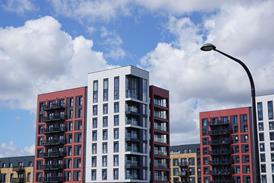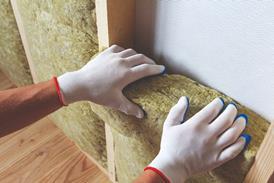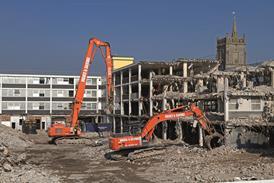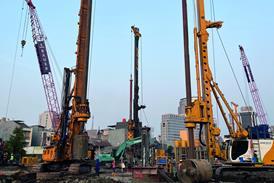Figure 1 shows just how much the quality of air drawn into ahus can vary at peak travel times. This can translate into dramatic deteriorations in indoor air quality, as the carbon monoxide seeding test in figure 2 demonstrates.
The best method of assessing pollution loads is to measure actual concentrations. Tips for taking useful measurements include:
If direct measurement is not feasible it may still be possible to make an assessment of outdoor air quality – based on pollution data from a local monitoring site, or a similar location2.
If engineers consider air quality to be a threat, they should examine whether the building is over-ventilated. They should ask:
Some systems can reduce the amount of outdoor air by increasing recirculation or cutting airflow. Here it is possible to change ventilation in response to poor air quality.
Systems using outdoor air with heat recovery can rarely respond to high air pollution. The only option is to switch the ventilation off for a short period, which may create thermal comfort problems or build-up of internally generated pollutants.
Control techniques
A number of control techniques can help to minimise the impact of poor outdoor air quality. If air quality is poor on a regular basis, the cheapest solution is a timeclock set to minimise outdoor air during rush hours.
However, this set-up may operate unnecessarily. A more effective technique is to measure pollutants directly.
Many urban pollutants are closely correlated (see figure 1), which makes it possible to assess overall air quality by measuring only one pollutant.
The cheapest pollutant to measure is carbon monoxide (CO). CO in ambient air can be measured with industrial electrochemical sensors. For most other pollutants expensive analysers are required.
The CO setpoint for a controller can be set at 5 ppm – much lower than the World Health Organisation limits, but sufficient to indicate other pollutants (like NOx) are probably too high.
Accurate measurement at the 5 ppm level requires rigourous calibration. Further, this control technique aims simply to recognise and minimise the impact of poor air quality – not an ideal solution, but one that is pragmatic.
Future sensor developments, particularly the infra-red type using light emitting diodes, may become more attractive alternatives.
There are several options for sensor location eg outdoor air, return air or both. Outdoor air is appropriate in most cases.
When poor outdoor air quality is sensed the control should operate the dampers to block ingress and allow full recir-culation. However, this can only be maintained for a short period, or the pollutions from outside will simply be replaced by problems with internally generated pollutants.
A rule-of-thumb is to maintain average minimum outdoor air over a one hour period, eg 20 minutes at full recirculation followed by 40 minutes at 150% of minimum.
When the outdoor air quality is sensed to be acceptable again, one option is to purge with 100% outdoor air for a short period to remove pollutants that have built up internally. This should last for about four air changes.
The impact of an additional ventilation control on thermal comfort can be substantial. During summer most systems maximise free cooling (when conditions permit) by increasing the outdoor air proportion – often to 100%.
Ventilation controls that cut off this outdoor air can make offices uncomfortable, especially if mechanical cooling is not installed or if it has a low capacity. In these conditions it is preferrable to ventilate using existing controls –accepting that the price may be lower quality internal air.
Source
Building Sustainable Design



















